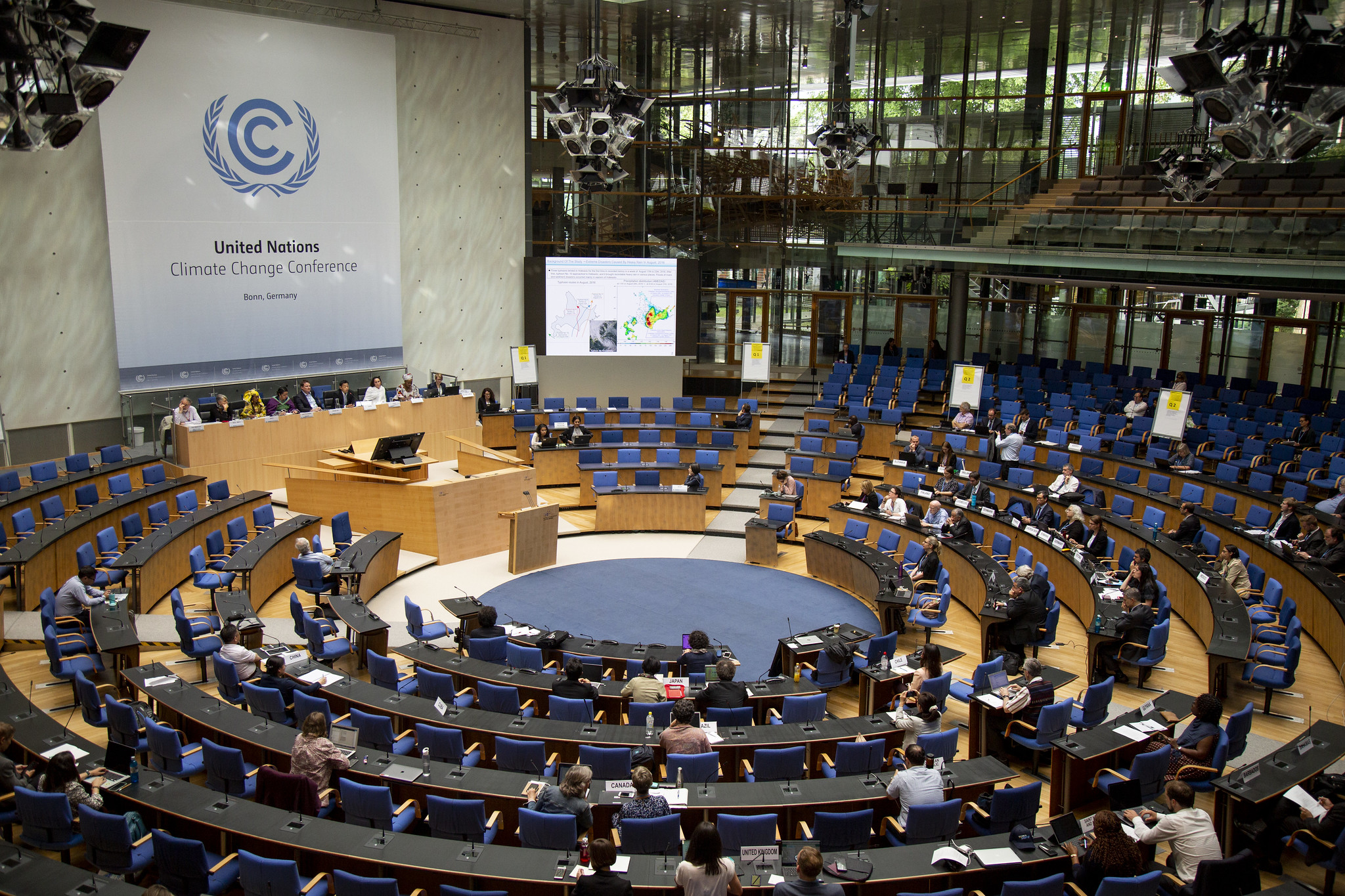It builds relationships across different disciplines, looking for a shared vocabulary. It engages emotions and boosts personal responsibility. Combining art and science, the installation FutureSHORELINE – winner of the CMCC Climate Change Communication Award “Rebecca Ballestra” 2021 – takes the public on a journey through sea level rise. A discussion with the authors of a project at the forefront of climate change communication.
From October 2020 to October2021, passersby at the Fort Point Channel of Boston, Massachusetts had the chance to measure their bodies against one of the most worrisome impacts of climate change: sea level rise. Walking through the temporary public art installation FutureSHORELINE, thousands of people had a glimpse of the future, experiencing – on the one hand – at what extent the waters of the channel will rise, and – on the other hand – the proposed rising of the shoreline to adapt to the new normal of higher water levels.
Communicating climate change to different audiences, with different strategies and multiple tools, can motivate action and accelerate the transition towards a more sustainable future. But to be effective, this challenge not only requires innovation, involvement, and participation. It must ensure rigorous information, remaining firmly anchored to the scientific evidence that progressively refines the understanding of climate change and its impacts on our lives, societies, and economies.
FutureSHORELINE, realised by a large interdisciplinary team led by Carolina Aragón and Ezra Markowitz from the University of Massachusetts Amherst, won the 2021 edition of the Climate Change Communication Award “Rebecca Ballestra” promoted by the CMCC Foundation to showcase and reward the best communication initiatives that spread awareness on climate change. The authors of the project have been announced and awarded at the event “Voices of the transition. Climate change communication for a sustainable future” on September 30.
“Rising water”, “rising land”
The installation consists of two main parts: a “rising water” component and a “rising land” component. The “water” component is a floating sculpture representing the rising waters (10 feet (3.04 meters) for the 1% chance storm with 40” (1.01 meters) of sea level rise), while the “land” component is a lightweight structure representing the proposed 6 feet (1.8 meter) tall berm designed to protect the neighborhood from flooding due to sea level rise. The floating component is a tiered cylinder showing the different projected flood elevations for 2030, 2050 and 2070. The sculpture fluctuates with the daily tide moving very close to the eastern edge of the channel.
The “rising land” sculpture allows the public to experience being “within” the berm and in front of the rising waters. The top of the berm sculpture and the floating sculpture are at similar levels during the daily high tide. Both sculptures are tiered and filled with different colored reflecting aluminum fins (evocative of water) to represent the different flood levels for each corresponding set of years. This configuration allows the public to see and measure against their bodies the projected flood elevations.
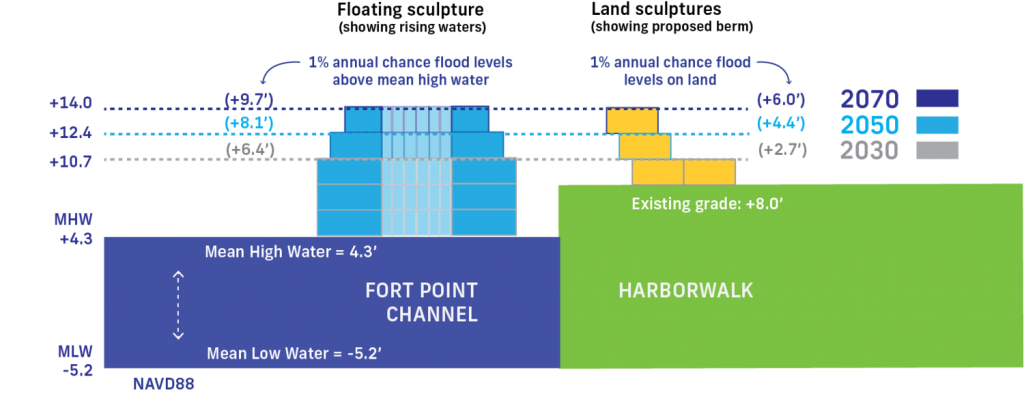
Behind the installation
The artist Carolina Aragon is an assistant professor of landscape architecture at the University of Massachusetts Amherst who uses public art to transform landscapes, engage communities, and teach students. Her public art practice is transdisciplinary in nature—working with scientists, engineers, social scientists, and the local community—to create beautiful and optimistic artworks capable of engaging audiences around issues of climate change and resiliency.
Your work shows at the same time the threat of climate change and the adaptation action that Boston, MA is putting in place. Referring to this, you said that at the centre of FutureSHORELINE there are two feelings: concern and hope. How did you explore these feelings, and how did they bring you to the final shape of your installation?

“In all my installations, I have tried to find ways to make it easier to connect with the very threatening and sad realization of the impacts of climate change. I have done this by trying to create beautiful and interactive pieces that in some ways appeal to our senses and our hearts in less threatening ways. With FutureSHORELINE, I was interested to continue this work by making even a stronger connection to flooding due to sea level rise by making a sculpture of floating water over water and showing the same water over land. Additionally, by showing the proposed raising of the land to address flooding, the piece could offer hope about adaptation practices that address the threat. In this piece both concern and hope are visualized on-site in three dimensions so that they can be understood, felt, and explored further.”
How did you ensure the scientific rigor of the information and data conveyed by the installation?
“I feel fortunate to have been working with the scientists of the UMass Boston Sustainable Solutions Lab, Dr. Paul Kirshen and Chris Watson, for several years in various installations in Boston. They are among the most recognized scientists working in flood models for the region working with local and state organizations. We worked together closely in this project, and they provided their most up to date information on the flood projections for this particular site.”
Ezra Markowitz is an interdisciplinary environmental social scientist and publicly engaged scholar interested in leveraging our understanding of human behaviour to promote environmental sustainability and social well-being. He has extensive experience in the climate change communication research space and was lead author on the 2015 Connecting on Climate guide to communicating climate change.

FutureSHORELINE does not only translate science into an art installation. It is also a social science research project that investigates impacts of the installation on climate change adaptation perceptions and engagement, to understand how art can have an impact on real life. What are the results of this investigation?
“Although our work exploring the impacts of FutureSHORLINE is ongoing, we know from our initial research that exposure to the artwork affects people along multiple dimensions. We’re seeing meaningful impacts on everything from people’s emotions to their perceptions of personal responsibility to take action on climate change to their desire to attend local community meetings about sea level risk. As we explore these impacts in more depth, I suspect we’ll continue to find both intuitive and unexpected ways in which FutureSHORELINE is shifting how people engage with the issues of sea level rise and climate change.”

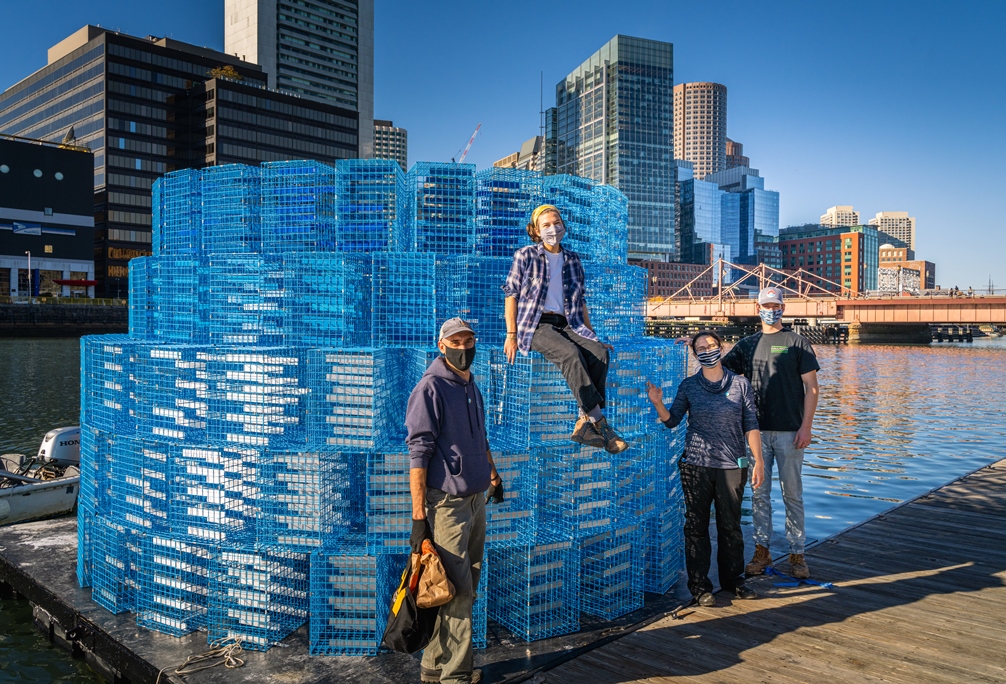
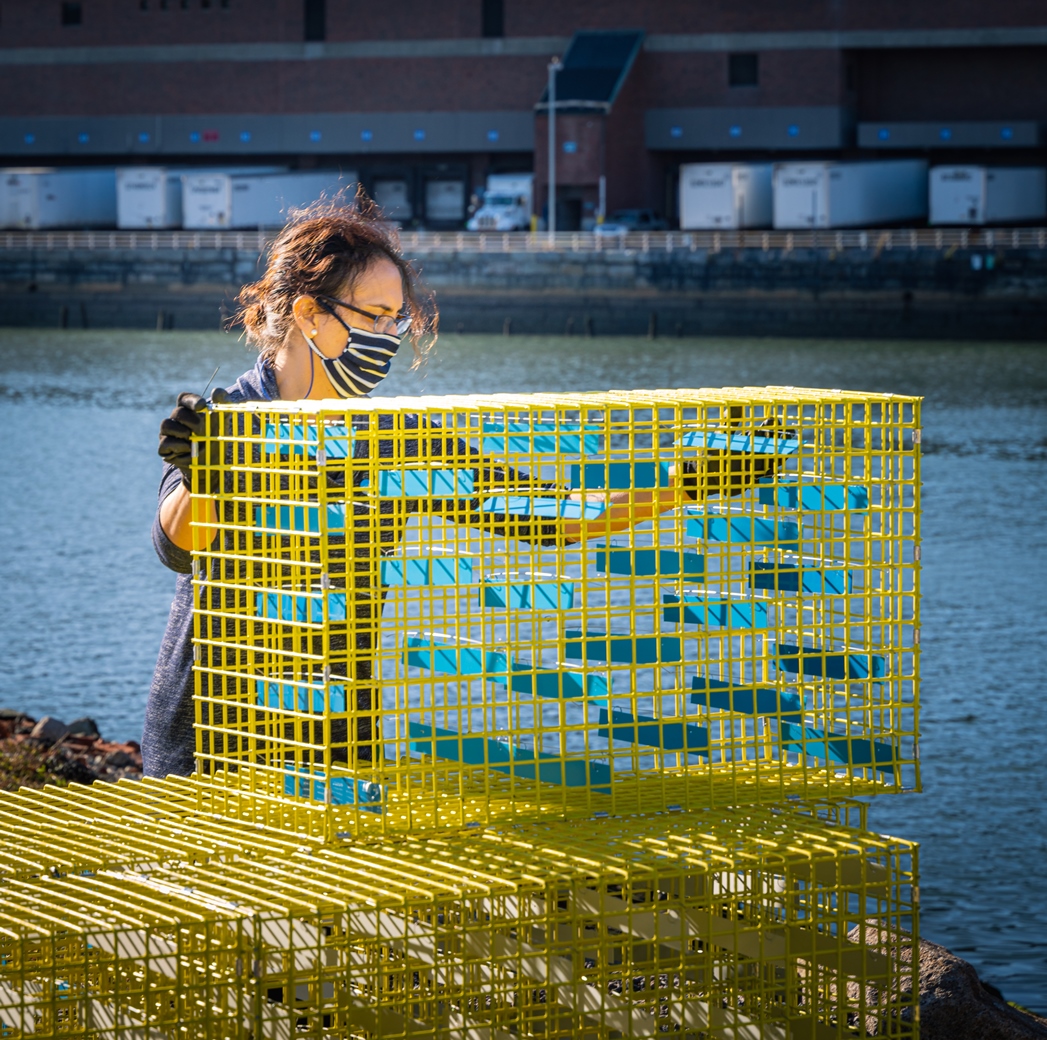

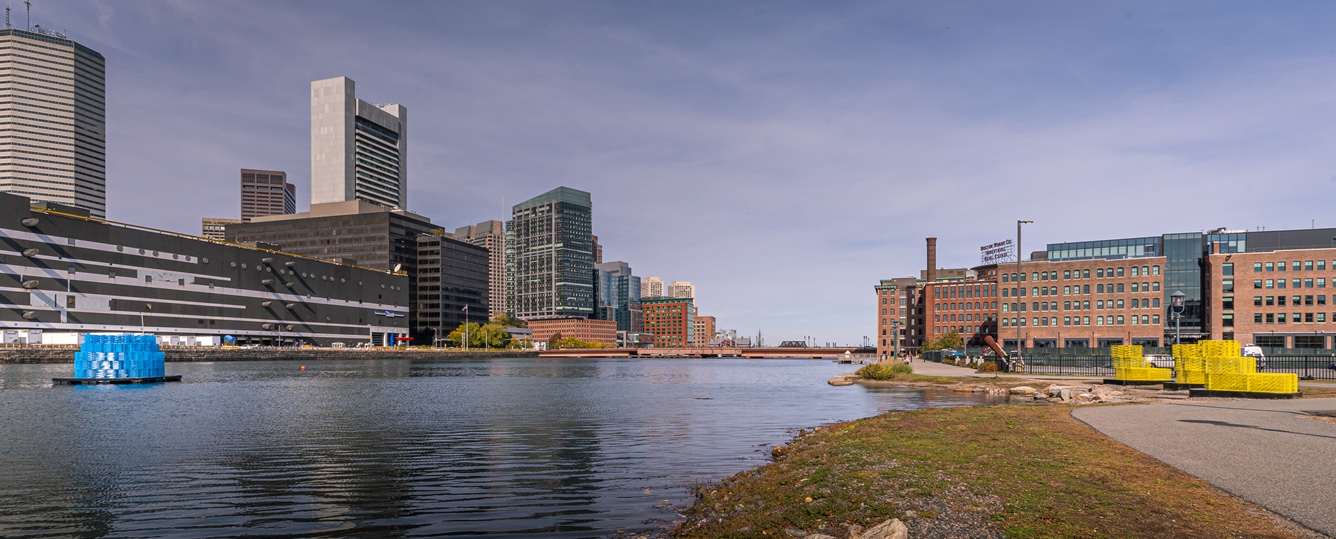
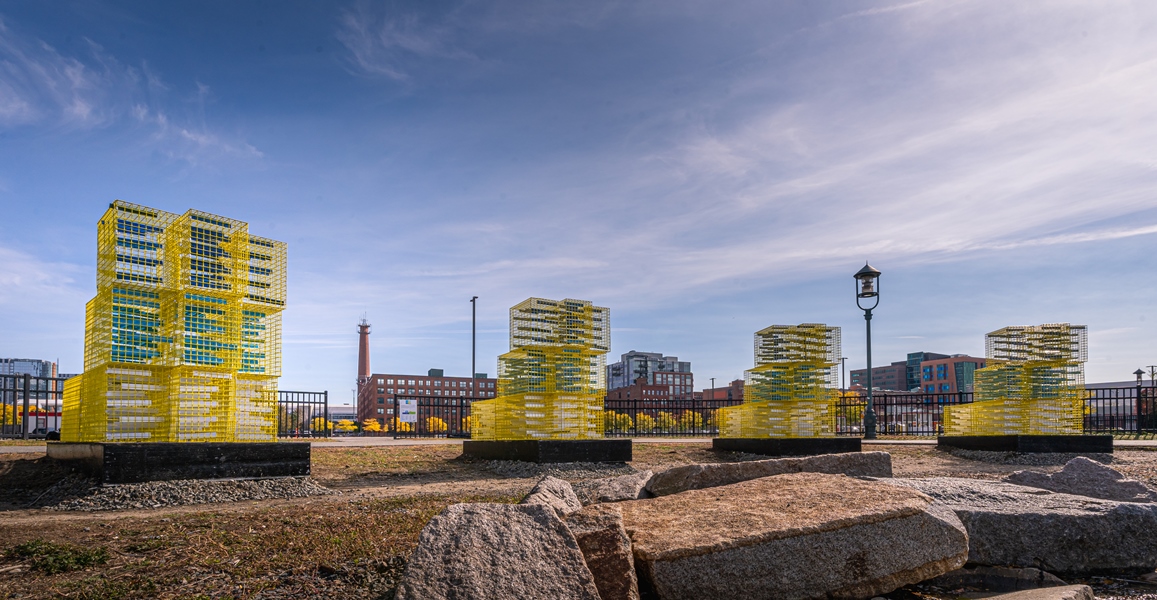
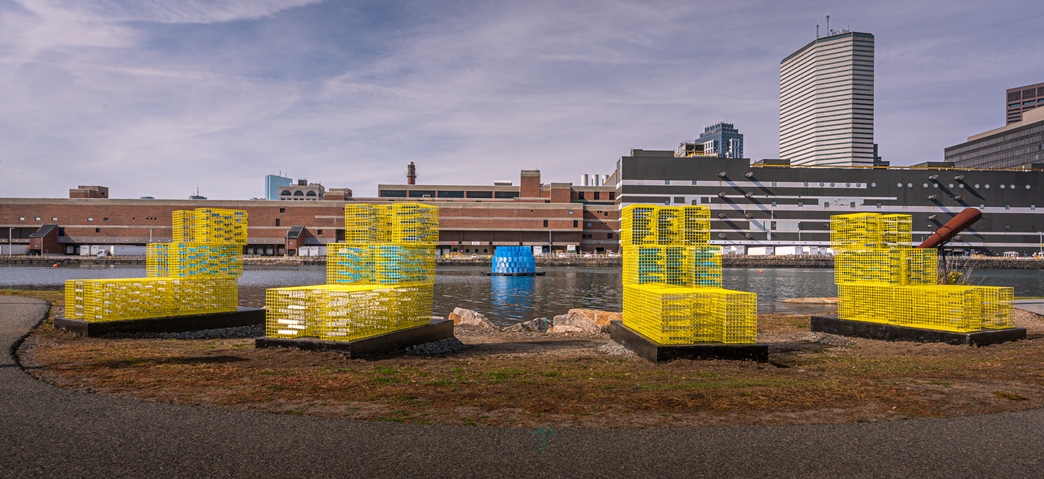


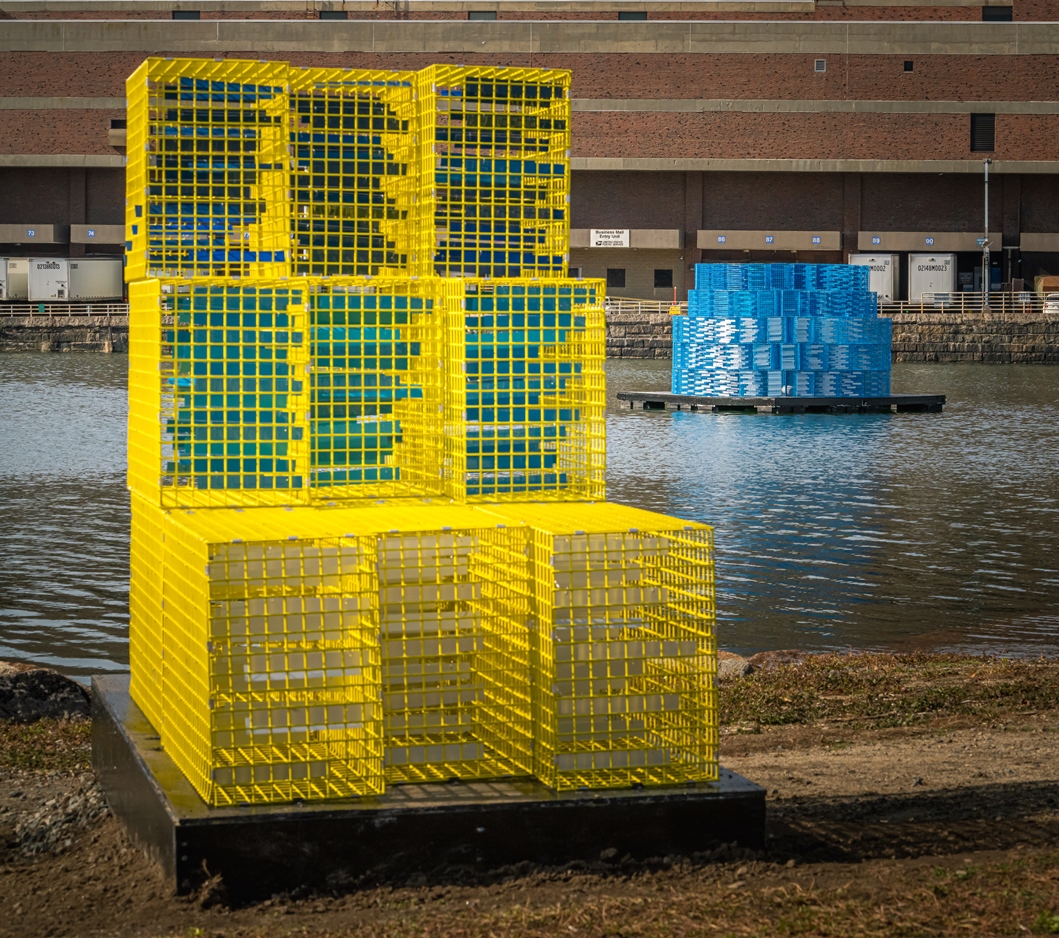
In this work, many disciplines coexist, from art to landscape architecture, from environmental psychology to coastal resilience. What are the main strengths of this intersection of practices to convey climate-related information, and what are the main challenges you had to face in creating this dialogue?
Carolina Aragon: “One of the greatest strengths of this collaboration is the ability to bridge different disciplines not just within academia but also among different civic, community, and government groups. As such it can communicate directly to the public the latest information from flood models developed by research groups available to the public and current city government plans for adaptation, while bringing together local groups, industry, and students. This effort is also shaped by the desire to understand how the artwork can impact the public’s understanding of the threat and plans for the future. Some of the challenges of this work involve the time it takes to build relationships across all disciplines and agencies in order to move a project of this magnitude ahead. Additionally, independent funding—in this case obtained mostly through research funding—allows for greater agility and agency in the way that information is displayed.”
Ezra Markowitz: “From early on in the project we had to find a shared vocabulary we were both comfortable using to talk about what the project was meant to do, what effects we hoped the art would have on people who experienced it. This was critical both for figuring out how to assess the impact of the work and for getting the project funded. And while it was challenging at first to find this shared ground, working through the discomfort we both felt on the way there made for a stronger project (I think) and one that spoke to a more diverse set of stakeholders and audiences.”
FutureSHORELINE was awarded as the best climate change communication initiative in the 2021 edition of the CMCC Climate Change Communication Award “Rebecca Ballestra”. Watch the award ceremony, which took place at the event “Voices of the transition. Climate change communication for a sustainable future”.





